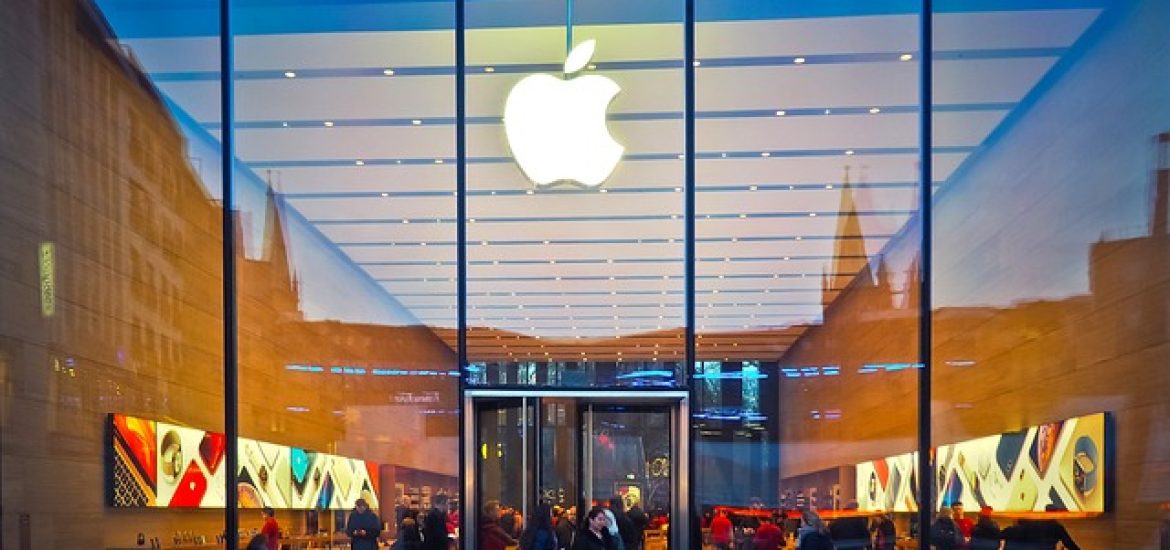
Apple is gearing up to launch its thinnest iPhone yet, marking the company’s most significant design change in nearly a decade. According to multiple reports, the tech giant plans to introduce a dramatically slimmer model—possibly called the iPhone “Slim” or “Air”—as part of its iPhone 17 lineup later this year. This move comes at a critical time, as Apple looks to reignite consumer interest in its flagship product amid slowing sales and intense competition.
Why a Thinner iPhone?
The new design is expected to be up to two millimeters thinner than current models, potentially replacing the iPhone Plus in Apple’s lineup. While the device will retain key features like the Dynamic Island and a dedicated camera button, its sleek profile is intended to be the main selling point. Analysts suggest this shift targets markets like China, where consumers prioritize cutting-edge design.
Apple’s iPhone business, while still profitable, faces several challenges. Global smartphone sales have plateaued, with users holding onto devices longer—now an average of 37 months, up from 34 months last year. In China, Apple’s sales dropped 25% in early 2024 as local brands like Xiaomi and Huawei gained traction with competitively priced, feature-rich alternatives. A thinner iPhone could help Apple differentiate itself in a crowded market.
The AI Factor
Beyond hardware, Apple is betting big on artificial intelligence. Its “Apple Intelligence” platform, announced earlier this year, promises smarter Siri interactions, AI-generated emojis, and advanced notification summaries. However, the most anticipated feature—a fully revamped Siri capable of executing complex tasks—has been delayed until 2025.
This delay puts more pressure on hardware innovation to drive upgrades. While AI features may eventually transform how users interact with iPhones, they aren’t yet compelling enough on their own to spur mass upgrades. For now, Apple must rely on design changes to attract buyers.
Competition Heats Up
Apple isn’t the only company pushing thinner designs. Samsung’s Galaxy S25 Edge, released earlier this year, boasts an ultra-slim build, while Chinese manufacturer Oppo recently unveiled its sleek Find N5 foldable phone. If Apple’s slim iPhone succeeds, it could set a new trend in smartphone aesthetics. But if it falls short, the company may need to rethink its strategy.
What’s Next?
Apple’s Worldwide Developers Conference (WWDC) in June could offer more clues about its long-term plans, particularly around AI. Yet, with the iPhone 16 expected to deliver only minor updates, all eyes are on the rumored slim iPhone 17 as Apple’s next big play.
The question remains: Will a thinner iPhone be enough to convince consumers to upgrade? Or does Apple need a more revolutionary innovation to stay ahead? For now, the company is betting that sleek design—combined with future AI advancements—will keep the iPhone at the forefront of the smartphone market.





